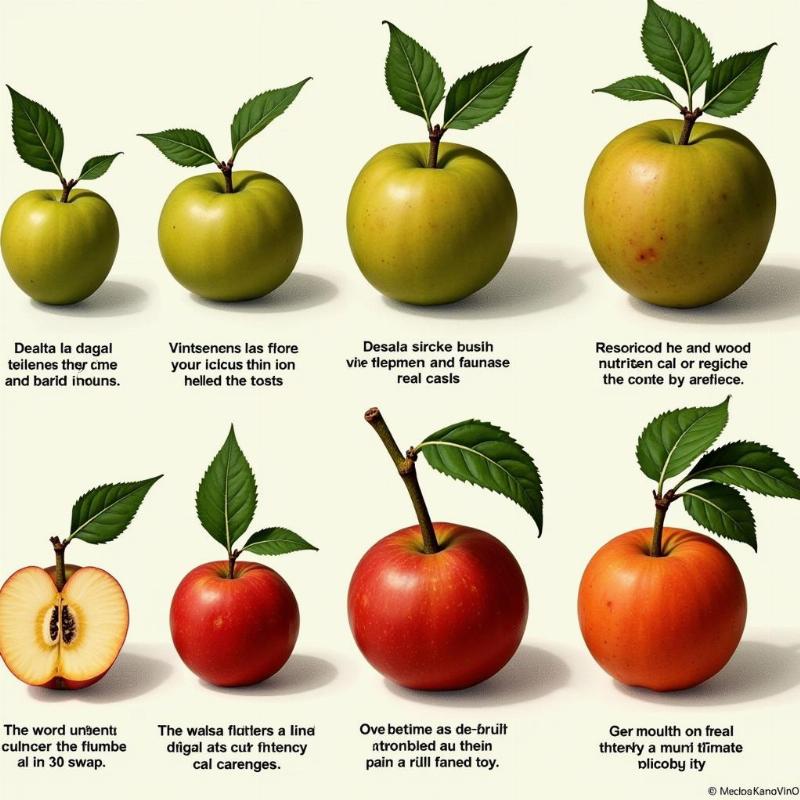Transport of food material in higher plants takes place through a complex vascular tissue system known as the phloem. This process, crucial for growth, development, and survival, involves the translocation of sugars, amino acids, and other organic nutrients from source tissues (like leaves) to sink tissues (like roots, fruits, and developing buds). Understanding this intricate mechanism is essential for anyone interested in plant biology, agriculture, or simply appreciating the wonders of the natural world.
The Phloem: A Superhighway for Nutrients
The phloem is a specialized tissue responsible for the transport of food material in higher plants. Unlike the xylem, which transports water and minerals upwards from the roots, the phloem facilitates bidirectional movement, allowing nutrients to travel both up and down the plant as needed. This flexibility ensures that developing tissues receive the necessary energy and building blocks regardless of their location.
Components of the Phloem
The phloem comprises several key components:
- Sieve tube elements: These elongated, living cells form the main conduits for nutrient transport. Their unique structure, with perforated end walls known as sieve plates, allows for the continuous flow of sap.
- Companion cells: Closely associated with sieve tube elements, companion cells provide metabolic support and regulate the loading and unloading of nutrients.
- Phloem parenchyma: These cells store and transport various organic molecules.
- Phloem fibers: These provide structural support to the phloem tissue.
The Mechanism of Translocation: Pressure Flow Hypothesis
The most widely accepted explanation for the movement of food materials in the phloem is the pressure flow hypothesis. This model proposes that the transport is driven by a pressure gradient created by the active loading of sugars at the source and the active unloading of sugars at the sink.
At the source, sugars are actively transported into the sieve tube elements, increasing the solute concentration and thus the osmotic pressure. This draws water from the xylem into the phloem, creating a high turgor pressure. Conversely, at the sink, sugars are actively unloaded, reducing the solute concentration and osmotic pressure. Water moves back into the xylem, lowering the turgor pressure. The resulting pressure difference drives the flow of sap from the source to the sink.
Factors Affecting Translocation
Several factors can influence the rate of translocation in plants:
- Temperature: Higher temperatures generally increase the rate of translocation, up to a certain point.
- Light intensity: Photosynthesis provides the sugars that are transported in the phloem, so light intensity directly affects translocation rates.
- Metabolic inhibitors: Certain chemicals can inhibit the active transport of sugars, slowing down translocation.
- Water availability: Water is essential for maintaining turgor pressure, so water stress can negatively impact translocation.
The Importance of Food Translocation
The transport of food materials through the phloem is vital for plant growth and survival. It ensures that energy produced during photosynthesis reaches all parts of the plant, fueling cellular respiration and supporting various metabolic processes. Translocation also provides the building blocks needed for the synthesis of new tissues, including roots, stems, leaves, flowers, and fruits.
How does the transport of food impact fruit development?
The translocation of sugars to developing fruits is crucial for their growth and ripening. Fruits act as sinks, drawing sugars from the source tissues, primarily leaves. The accumulation of sugars in fruits contributes to their sweetness and overall quality.
 Fruit Development
Fruit Development
Conclusion
Transport of food material in higher plants takes place through the phloem, a complex and dynamic vascular tissue. The pressure flow hypothesis provides a compelling explanation for the mechanism of translocation, highlighting the role of pressure gradients and active transport. This intricate process is essential for plant growth, development, and survival, ensuring that all parts of the plant receive the necessary nutrients.
FAQ
- What is the main difference between xylem and phloem transport? Xylem transports water and minerals upwards, while phloem transports food materials bidirectionally.
- What is the pressure flow hypothesis? It’s the most accepted explanation for phloem transport, proposing that pressure gradients drive the flow of sap.
- What are the main components of the phloem? Sieve tube elements, companion cells, phloem parenchyma, and phloem fibers.
- What factors affect translocation? Temperature, light intensity, metabolic inhibitors, and water availability.
- Why is food translocation important? It’s crucial for plant growth, development, and survival, delivering energy and building blocks to all plant parts.
PlaTovi, your trusted travel partner, offers a comprehensive range of travel services, including customized tour packages, hotel and resort bookings, international and domestic flight bookings, event planning, car rentals, and visa assistance. We specialize in creating unforgettable travel experiences within India and abroad, catering to both domestic and international travelers. For inquiries, contact us at [email protected] or call us at +91 22-2517-3581. Let PlaTovi help you plan your next adventure!